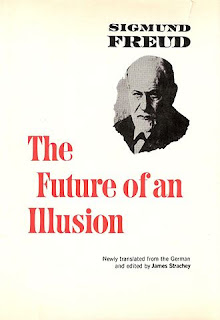Part 1 of a threefold “approach to play” series. Part 2 was already published (A Method of Play).
The random stocking table included below replicates the chances from Moldvay, but only requires a second die roll one third of the time. The idea to improve the stocking table by reducing the number of die rolls came from this post. The result labels have also be rephrased in more general terms.
Before a campaign begins, do these things.
Draw a campaign map. This sounds grand, but need not be. It should usually include a place of safety (such as a town) and 3 to 6 dangerous locations that also promise great reward. Create at least one hook per location so that players can find adventure. Example hooks include rumors, available missions, or the premonitions of seers. Hidden locations may also be created later, but are not needed before the campaign begins. Less constrained situations, such as a river spirit that has been driven insane by the refuse being generated by a new mill, may also be used instead of a physical location. It is worth creating both dangerous places and abstract situations, so that players can pursue either kind of adventure.
Sites to be explored should probably have maps, because predetermined spatial relationships make exploration more engaging and easier to run impartially. Draw these maps (or repurpose maps acquired from elsewhere). Note any important NPCs, adding no more than one or two words of description and one or two special abilities if relevant. Then decide what is in every room or zone, either using dice as a guide or based on the necessity of the area and its relationships.
Finally, and most importantly, for each site create a list of complications that might occur. This is most important because, other than interacting with the site itself, these complications are what will end up constituting play. Complications can be as simple or complex as desired. A list of monsters that might be encountered wandering around the area is often sufficient.
|


